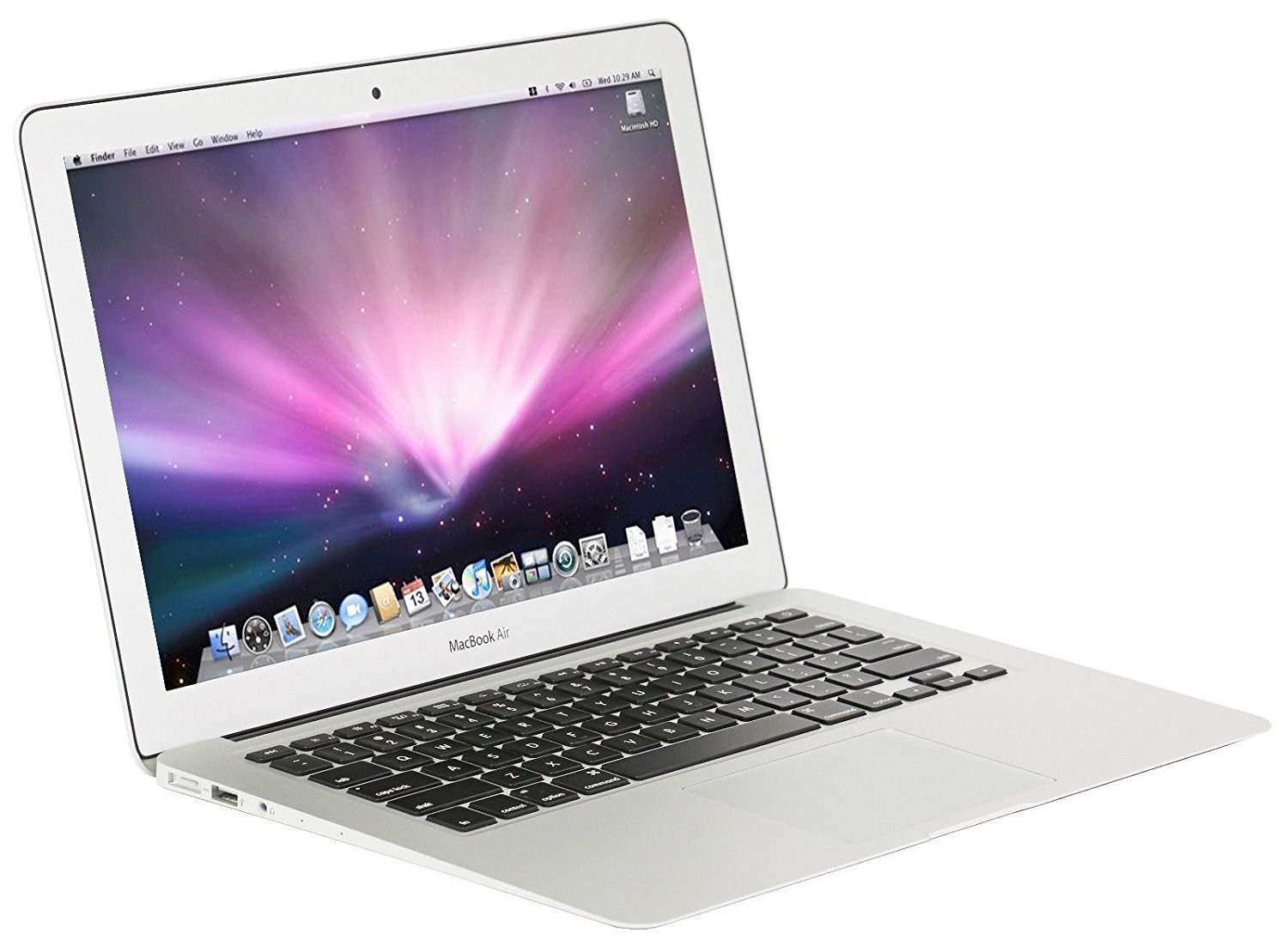Question is title.
In the past I’ve installed many distros on many older PCs, but never used linux properly (although slowly moving over to avoid win11). I’ve also had a heap of history with windows installs.
A family member has been testing Mint on an old laptop and is going well. This is a trial run before I update their iMac laptop (not sure what one but no longer supposed by OS updates).
I’ve never booted to an iMac BIOS or installed over top of apple.
- Is this going to be like installing over windows?
- What issues can I expect?
- Should I consider another distro?
Asking here as searching results in AI bullshit websites.
This depends on which iMac it is. If it’s an Intel iMac, it is slightly easier, and if it’s an Apple Silicon iMac, it will be a bit more difficult. If it’s a Silicon, you’d need to use Asahi Linux, or have varying support. If it’s Intel, I’m pretty sure it’s similiar to installing on a PC, but can’t say for sure. I’ll look into it more
Yeah… to my knowledge it’s the same as a “normal” UEFI system, but instead of pressing
escorf12you hold thealtoroptionkey on startup. Then select your USB, and boot. I’d strongly advise you test everything before installing.deleted by creator
Thx
I installed Fedora on a 2015 MacBook pro. It works well, though the camera doesn’t work and bt is bonky, to say the least - but I couldn’t care less about that.
If it’s a MacBook that no longer gets updates from Apple then it’s probably from around 2014ish, and is definitely an Intel Mac. This is a great candidate for Linux. If you want an environment that is similar to Mac, go with gnome as the desktop environment. Outside of that, any of the major distributions should be fine. I’ve run KDE Neon, Ubuntu, and am currently running fedora on a 2014 iMac and all of them worked without issue.
I’ve installed Gentoo, fedora and Debian on powerpc and Intel Macs a couple times in my past.
The Intel Macs were no more difficult than Windows machines and the powerpc Macs required an extra step for yaboot and time to fiddle with an of the services; but still not difficult.
As above; intel will be SO much easier
Macs don’t have a bios. But they boot easily into Linux (again intel)
Enjoy
It would help if you got the model right, and an exact one at that. As the others said, “iMac” isn’t a mac laptop, but an AIO desktop.
From the thread I gather you have some model of MacBook Air, that looks like this:

I run linux on one of these. Everything worked out of the box, except for wireless. See my 2-part adventure for how I solved it.
Mac “bios” isn’t exactly how you’d expect from PCs. Hold down alt key during startup to enter boot menu, and you’re good to go.
If your family member was a mac user before, they might be most comfortable on Gnome, as it has aped many ui features from mac os. It has a similar dock, fluid trackpad-friendly navigation that works the same way, and more.
Sounds like definitely Intel. Macs have EFI (Extensible Firmware Interface) rather than BIOS. Attach the install media and hold Option when powering up. This will take you to the EFI boot loader, where you should see icons for each potential startup disk. Select the Linux installer and hit Return or click the button to advance.
I don’t know which distros have the best support for different generations of Apple hardware. You should be able to get some sense of whether the distro is a good candidate from observing whether the mouse and kbd are functional before you commit to the install.
Fedora has always had good Mac support in my experience. Should just be able to hold option key at boot and select the USB.
If you want to continue dual booting I’d use the Mac’s recovery mode to shrink the partition so it leaves space first. Other than that it should be just like normal. Hold option to get the boot menu.
There’s no such thing as an iMac laptop and you don’t say which iMac this even is…
Lol. I’m not a Mac person. Airbook? The thin ones.
It’s called the MacBook Air series and it has 2 types: x86 (with Intel CPUs) and ARM (with Apple M series CPUs). If it’s the first type, you can expect stuff to work on almost any of them (except for WiFi which needs installing drivers manually after Linux installation). If it’s the second one then you’re out of luck because the support for them is very basic.
I was quite successful running EndeavourOS on my Macbook Pro 2016, but not everything works perfectly. Still, performance under Linux seems a little better.
First check what year the Mac is. If it is 2014 and below, it will be easier. If it’s over, look online for much more detailed info. Especially batery management, hybernation, wifi, etc. And make sure you can connect ethernet and external keyboard if needed during install.
I had to uninstall
broadcom-wl, bc it did not work, but the default (brcmfmac) works like charm.(Just as a side reference, the “iMac” is that all-in-one computer that just looks like a big monitor on your desk that connects to a keyboard and mouse.)



